November 20, 2014
Creature Feature: Ocean Sunfish
BY: Brianna Elliott
Ocean sunfish, also called the common mola, are arguably one of the ocean’s funniest looking fish. Their back fin that they are born with never actually grows, and instead just folds into itself and forms a blunt, flattened structure called the clavus, says National Geographic. This means that sunfish must swim by flapping their dorsal and anal fins side to side, making them sometimes appear to be awkward swimmers. They’re also incapable of fully closing their small mouths, and inside lies a fused tooth-like plate structure.
Despite their seemingly comical appearance, sunfish are truly astounding creatures. They are the heaviest bony fish in the world—capable of reaching 5,000 pounds. Unlike other fish, they are often taller than they are long: They grow up to 14 feet in height, while they grow to about 11 feet in length! These massive fish can live for an impressive ten years.
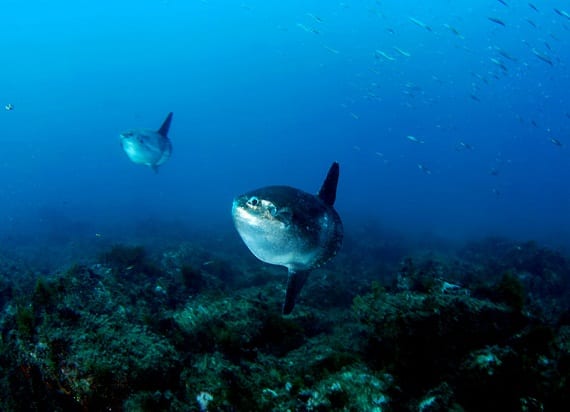
Ocean sunfishes (Mola mola), pictured off Spain during an Oceana Ranger Atlantic Cantabric Expedition in 2008. (Photo: Oceana / Sergio Gosálvez)
Sunfish are aptly named for the way they float along surface currents and seemingly bask in the sun, though they are also good divers and can migrate long distances in deeper water. Because they swim rather slowly, their rough, gray skin can become infested with parasites (40 different kinds of parasites have been detected on sunfish!). Birds and small fish can often be seen feeding on them, and sunfish can also breach from the water’s surface in an effort to remove the parasites. They’re distributed in temperate and tropical waters around the world.
Another interesting fact about sunfish is that the females produce the most amount of eggs of any bony fish—laying 100 million tiny eggs in the open ocean. When they hatch, the larvae have tiny spines sticking out from their skin that disappear with growth, says the New England Coastal Wildlife Alliance. Sunfish are known to make noises using their throat teeth, which is thought to help them find a mate.
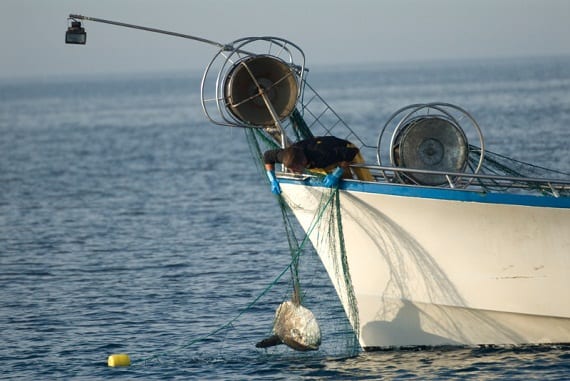
An illegal driftnet vessel reeling in a sunfish off France, pictured during a 2007 Catamaran Oceana Ranger Mediterranean Expedition. (Photo: Oceana / Carlos Suárez)
Because sunfish sometimes lie at the ocean’s surface, they are vulnerable to fishing activity from drift gillnets—mile long nets that sit at the ocean’s surface and are deployed from dusk to dawn. It’s estimated that about one-third of the California drift gillnet swordfish fishery’s catch is sunfish, while they comprise up to 93 percent of the Spanish gillnet fishery in the Mediterranean, according to the Monterey Bay Aquarium. Since jellyfish are molas’ main prey source, alongside small fish and zooplankton, sunfish often confuse plastic bags for jellyfish—and then either choke or starve to death from this trash. Despite these threats, ocean sunfish populations are thought to be stable.
Take a look below for a closer look at these unique fish:
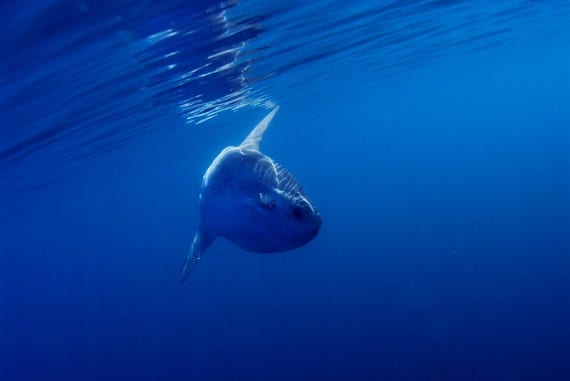
Ocean sunfish in the Chafarinas Islands, Spain, pictured during a 2006 Catamaran Oceana Ranger Mediterranean Expedition. (Photo: Oceana / Juan Cuetos)
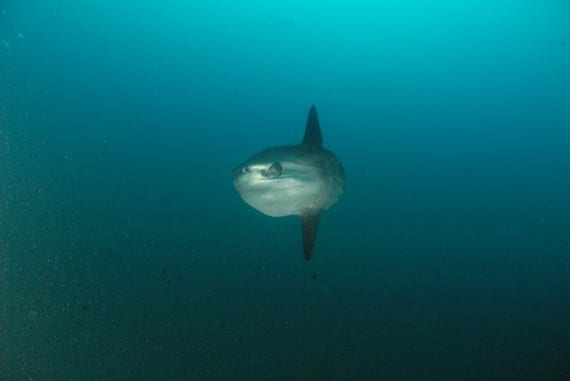
Ocean sunfish in Ratón de Getaria, Basque country, Spain, pictured during an Catamaran Oceana Ranger Atlantic Cantabric Expedition in 2008. (Photo: Oceana / Enrique Talledo)
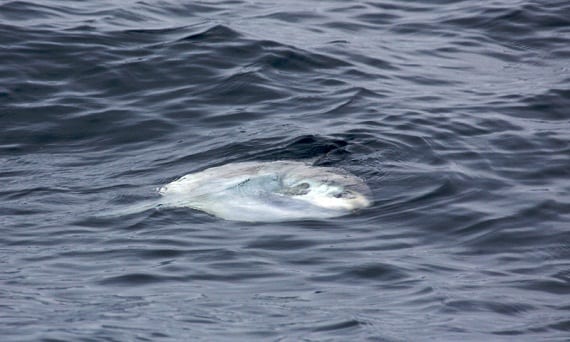
Ocean sunfish near the surface off Spain, pictured during a Catamaran Oceana Ranger Atlantic Cantabric Expedition in 2008. (Photo: Oceana / Jesús Renedo)
MOST RECENT
September 3, 2025
Air Raid Panic to Informed Skies and Seas: The National Weather Service in a Nutshell
August 29, 2025
August 22, 2025
Corals, Community, and Celebration: Oceana Goes to Salmonfest!



